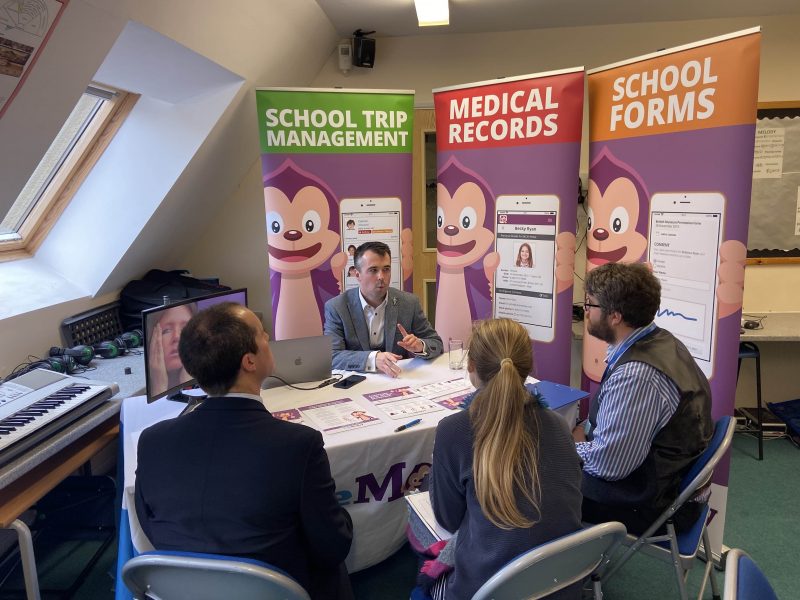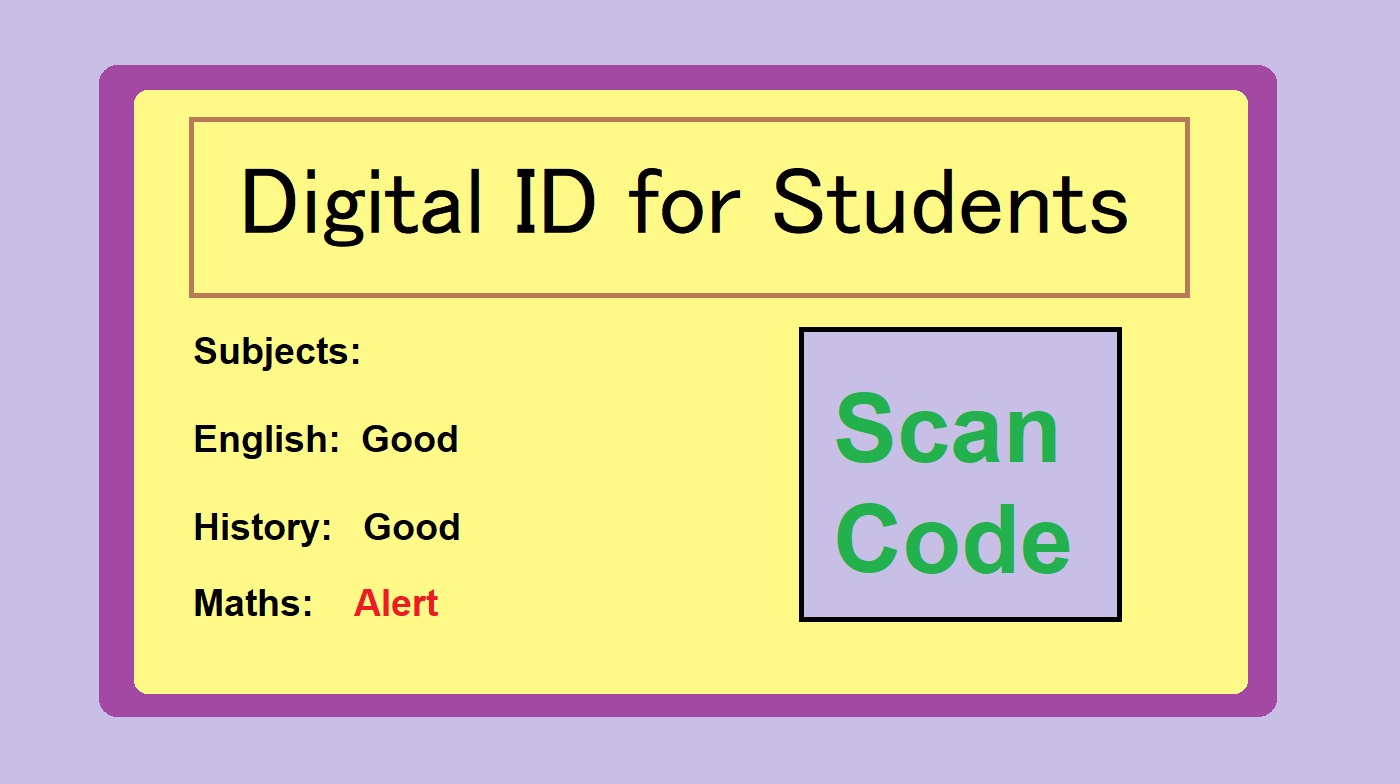

With the proposed introduction of a new Digital ID. There is a lot of controversy and scaremongering. However, this new technology could be used in education to help track students’ progress.

Whenever new technology is introduced, there is usually a lot of panic and exaggeration. There was panic over the Gramophone (early name for a vinyl record player) and Henry Ford’s automobile. There are countless films from the 70s and 80s presenting dystopian futures where humanity is plagued by out-of-control technology, not to mention the infamous Terminator movies and The Matrix. It is natural for people to contemplate the future impact of technology. But, for makers of fiction, a world where everyone is comfortably cohabiting with technology won’t draw in the ‘Box office dollars’
However, Digital ID isn’t new. There are many forms of identification, such as passports, that already store biometric facial recognition information. Additionally, the small chips on your credit card or shopping loyalty cards also hold a significant amount of data. This technology could be utilised in education. A digital ID or a Chip could be linked to an educational Customer Relationship Management system (CRM). Students could have their data on a phone, a wristband or even some type of digestive tech and have their lessons updated daily. Of course, with the development of the Internet of Things, there is ample room for new wearable technology. There are smart glasses, smart rings, smart tattoos, and even smart contact lenses; the technology is becoming smaller and more ubiquitous.
If a student’s ID were linked to a CRM system, then it would be easier to track their educational progress. Any difficulties could be immediately flagged. They just wave their ID at a screen or have it scanned by a teacher, and up pops their profile and schedule. This could also benefit educators who could quickly assess who hasn’t done their homework, or which students may need extra support. It would also be good for the climate as there would be less to-ing and fro-ing by staff and students when an issue arises.
However, it’s not only young students who would benefit from Digital ID. High School and University students could find it useful too. In Higher Education, there can be lots of complex timetables and different assignment deadlines, not to mention scheduling tutorials and any meetings. A lot of students are totally dependent on their calendars or email for scheduling, and for the more organised students, it is not uncommon to see a giant poster, listing their various lecture times and assignment due dates, on their dorm walls. An ID would dispense with all this organisational fussing, as everything would be on the chip. Not sure where your lecture is? Scan your chip.
Digital ID can be a controversial topic. However, in an educational setting, it could be quite useful. Teachers and Students alike could benefit from the convenience of having data available when the student is present. As educators, we should try to embrace and integrate technology into the classroom and our students’ lives.